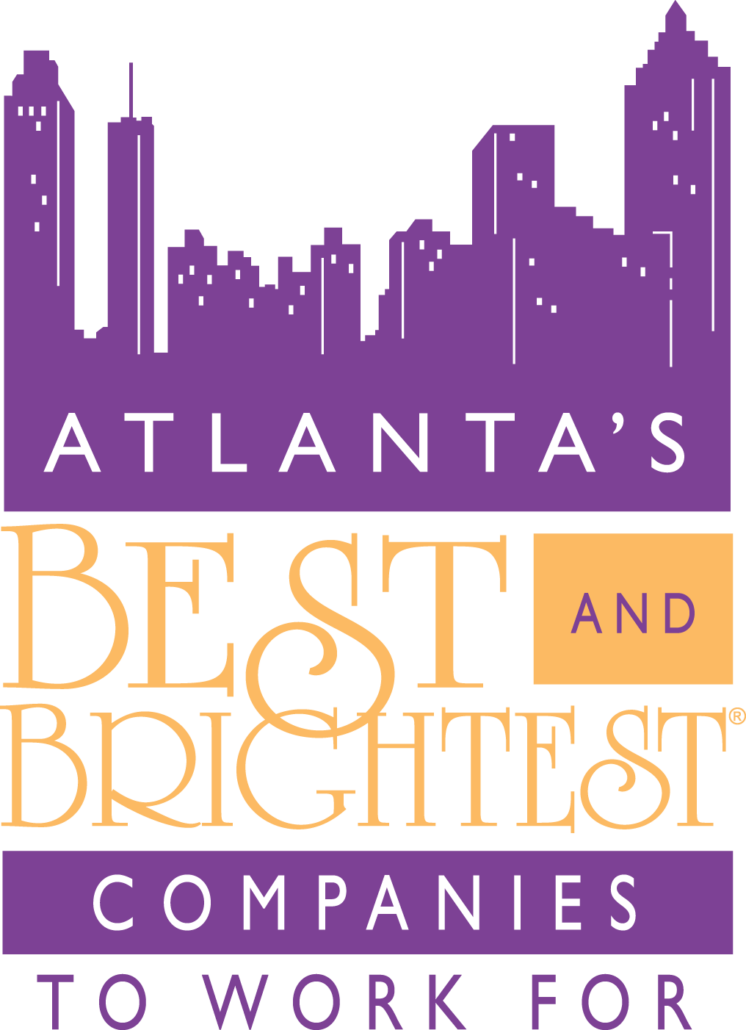Hundreds of businesses around West Michigan are doing good work in developing human relations best practices.
At the annual “West Michigan’s Best and Brightest Companies to Work For” digital awards celebration held Wednesday, not only were dozens of winning companies recognized, but 13 Elite winners were also honored.
Representing 13 different award categories, this distinctive awards competition is presented annually by the Best and Brightest Companies to Work For.
The winners are selected based on their overall high scores and are then named an Elite winner in their respective category.
The most prestigious award, the “Best of the Best, Large Business” was presented to Davenport University, which demonstrated excellence in all categories. Davenport University stood above all of this year’s entries with exceptional human resources practices. The company outranked all of the competing companies in every category used to evaluate the winning entries.
The 13 elite winners are selected based on their overall high scores and then named an elite winner in their highest performing category. Elite winners included:
Communication and Shared Vision
Air Lift Company
Community Initiatives
4front Credit Union
Compensation, Benefits and Employee Solutions
L3Harris Technologies, Inc.
Diversity and Inclusion
Suburban Inns
Employee Achievement and Recognition
Greenleaf Trust
Employee Education and Development
Greenleaf Hospitality Group
Employee Enrichment, Engagement & Retention
Buist Electric
Recruitment, Selection and Orientation
TowerPinkster
Work-Life Balance
OST (Open Systems Technologies)
Strategic Company Performance
Seaman’s Mechanical
The Best of the Best Small Business
Andy J. Egan Company
The Best of the Best Medium Business
Consumer Credit Union
The Best of the Best Large Business
Davenport University
“These companies have shown fortitude during this crisis and have inspired others to make critical decisions for the betterment of their teams” said Jennifer Kluge, president of The Best & Brightest Companies To Work For. “They focus on the needs of their employees as a primary objective, even in times like this and are the leaders of our West Michigan community.”
Nominated companies are assessed by reviewing a number of key measures in each category. Each company’s entry was evaluated by an independent research firm.
Here’s a shout-out to the rest of the West Michigan winners:
4front Credit Union
a.j. Veneklasen, Inc.
ABD Engineering & Design, Inc.
Adamy Valuation
Adventure Credit Union
AEBetancourt
Air Lift Company
Allied Business Services
Allied Electric, Inc.
Amerifirst Home Mortgage
Andy J. Egan Co
Arbor Financial Credit Union
Armstrong International
Baker Holtz, CPAs and Advisors
Barnes & Thornburg LLP
Baudville Brands
BDO USA LLP
Beene Garter, LLP
Behler-Young Company
Bell’s Brewery Inc.
BHS Insurance
BizStream
BKC | Brink, Key & Chludzinski, P.C.
Blue Cross Blue Shield of Michigan
Buist Electric Inc.
Butterball Farms Inc.
CasterDepot
Charter Capital Partners
Choice Schools Associates
CHOP Tree Service
Clark Retirement Community
Comfort Research
Consumers Credit Union
Crystal Mountain
CTS Telecom
Davenport University
DeWys Manufacturing Inc.
DFCU Financial
Dominion Systems, Inc.
Easter Seals of Michigan
Eckert Wordell
Emmanuel Hospice
Epitec
EQI, Ltd
EV Construction
Express Employment Professionals- West Michigan
Family Promise of Grand Rapids
Fettig
Feyen Zylstra
Fleis & Vandenbrink Engineering Inc.
Flexco
Flexfab LLC
Flow-Rite Controls
Foresight Management
Forest Area Credit Union
Garrison Dental Solutions
Gerald R. Ford International Airport
Ghafari Associates, LLC
GMB Architecture + Engineering
GNS Holland, Inc.
Grand Rapids Metrology
Grand River Aseptic Manufacturing
Greenleaf Hospitality Group
Greenleaf Trust
GT Independence
Gun Lake Casino
Harbor Industries, Inc.
Hastings Mutual Insurance Company
Heritage Community of Kalamazoo
Highpoint Community Bank
Holland Hospital
Honigman LLP
Hope College
Humanex Ventures
Hungerford Nichols CPAs + Advisors
Hutcherson Construction
Industrial Magnetics Inc.
InsITe Business Solutions LLC
ITC Incorporated
ITPartners+
ITS Partners
Kalamazoo Community Foundation
Kevin Toler & Associates
Kids’ Food Basket
Knight Watch Inc.
Koops Inc
KSS Enterprises.
Lachman Stuart
LaFleur
Lake Michigan Credit Union
Lakeshore Advantage
Lakewood Construction
Legacy Trust
Legal Copy Services Inc.
Life EMS Ambulance
Lighthouse an Alera Group Company
Macatawa Bank
Mel Trotter Ministries
Mercantile Bank of Michigan
Metro Health University of Michigan Health
Michigan First Credit Union
Michigan Software Labs
Mill Steel Company
MSU Federal Credit Union
New Holland Brewing Company
Northpointe Bank
Nugent Builders Inc.
Nulty Insurance
OMNI Community Credit Union
OptiMed Health Partners
OsborneKlein
OST (Open Systems Technologies)
PADNOS
Paragon D&E
Pella Windows & Doors by Horne
Plante Moran
Progressive AE
Rehmann
RENK America
Revel
Ritsema Associates
Robroy Enclosures
Rockford Construction
Schupan & Sons, Inc.
Seaman’s Mechanical
Seber Tans PLC
SecurAlarm Systems, Inc.
Seelye Auto Group
Service Express
Service Professor, Inc.
SHEFIT
Sherpack
Soils & Structures
Southwest Michigan First
SpartanNash
SpendMend, LLC
St. Ann’s Home
Star Truck Rentals
Suburban Inns
Sun Title Agency
Sunset Retirement Communities & Services
TANDEM365
Terryberry
TGG Solutions
The C2 Group
The Kendall Group
The Wiser Financial Group
Think Chromatic
Total Quality Logistics
TowerPinkster
Town & Country Group
Triangle Associates, Inc.
Trillium Staffing Solutions
Twisthink
UFP Technologies
UMRC & Porter Hills
United Bank
Vanderwall Brothers Concrete Products
West Michigan Transport, LLC
West Michigan Whitecaps
Windemuller
Wolverine Building Group
Worksighted
WSI
Yeo & Yeo CPAs & Business Consultants
Zeigler Auto Group
“Throughout the year, the Best and Brightest Companies to Work For have demonstrated leadership and forward thinking as they pivoted their business and workforce through Covid-19,” Kluge said. “As the conversation and focus has shifted, our Best and Brightest winning companies have also been a voice for important actions regarding race relations and employee wellbeing. In these unique times, the Best and Brightest Companies to Work For excel and share their knowledge with others.”
West Michigan’s Best and Brightest Companies to Work For is sponsored by Baudville Brands, Blue Cross Blue Shield of Michigan, Newsradio WOOD 1300 and 106.9 FM, Grand Rapids Business Journal, Davenport University, DTE Energy, Marsh & McLennan Agency LLC, The Employers’ Association, Consumers Credit Union, Meijer, uMap, Clark Hill, Corp! Magazine, Garrison Dental, SpartanNash, OMNI Community Credit Union, Basic, NOW Health
The Best and Brightest Companies to Work For is a program that provides the business community with the opportunity to gain recognition, showcase their best practices and demonstrate why they are an ideal place for employees to work. It is presented annually in several markets including Atlanta, Boston, Chicago, Dallas, Detroit, Houston, Milwaukee, San Diego, San Francisco Bay Area, West Michigan and Nationally. Nominations are now being accepted. Visit www.thebestandbrightest.com to obtain an application.






























